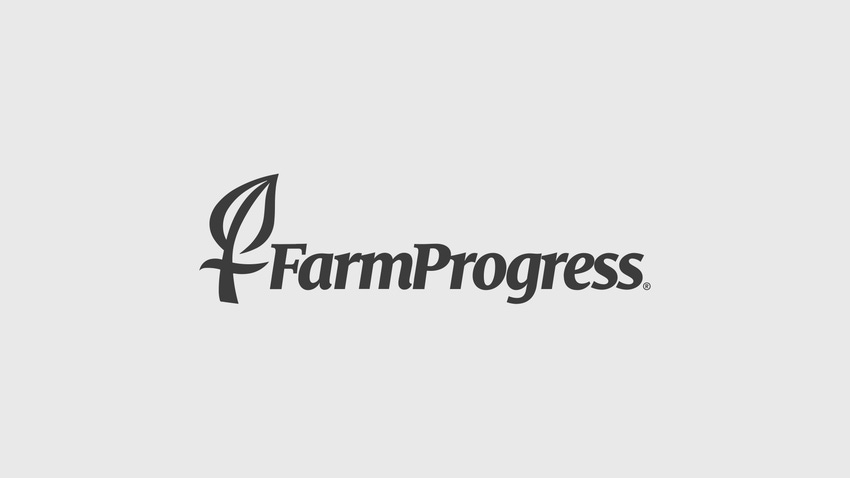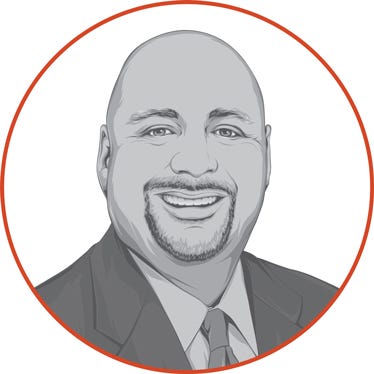
As farms have grown and changed over the past 10 years or so, that growth often leads to the need to hire employees – maybe even for the first time. Managing employees on the farm can bring new challenges for the farm’s leaders.
In the past, the farm’s employees may all have been family members. They grew up on or around the farm and already knew where fields were located and where Dad liked to keep particular machinery. There wasn’t much need for things like formal processes or reporting structures.
Employee confusion
One operation in the western Corn Belt experienced a lot of growth in a short time. Quite a few non-family employees were hired because of that growth. The farm continued to grow and was doing well financially. But the two brothers who owned and led the farm together began to notice that the non-family employees were developing similar patterns.
The employees never seemed to go to the right manager with their questions. They weren’t very good at letting the right person know about issues on the farm. When they wanted to take a day off, they would just ask whichever manager happened to be nearby.
Sometimes, tasks didn’t get done. When asked, employees would claim they didn’t know they were supposed to complete a particular job. It was frustrating – both for the farm’s leaders and for the employees.
The brothers decided to put better management structures in place. They consulted our firm, as we work with farms on HR-related issues. Working with our HR specialists, they realized that their employees didn’t know who they were reporting to. That led them to create an organizational chart that clearly laid out the farm’s reporting structure.
Clearer understanding
They held an all-employee meeting where employees were given copies of the chart. A large copy was posted in the farm’s main shop. The brothers explained that each employee should consider his or her manager to be the primary person for questions, requests and issues. They laid out a brief employee performance review process that would be used in the coming year.
With the help of their HR consultants, the brothers created and posted another chart – this one showed which employee or manager was responsible for each task on the farm. The chart also showed who needed to be consulted or informed before the task began, and who was ultimately accountable for the results.
After the meeting, the employees said they had a much clearer understanding of what they needed to do and who they needed to talk with. In the next few weeks, the brothers noticed that much of the confusion began to clear. The efficiency of the employees increased with the new clarity.
HR check-up
Does everyone on your farm know who they are reporting to? Do they know who is responsible for which tasks? How do you review your employees’ performance? Consider what you need to get in place on your farm to help your employees become their best.
Read more business ideas for today’s farm leader in the new winter issue of our Smart Series publication.
About the Author(s)
You May Also Like






